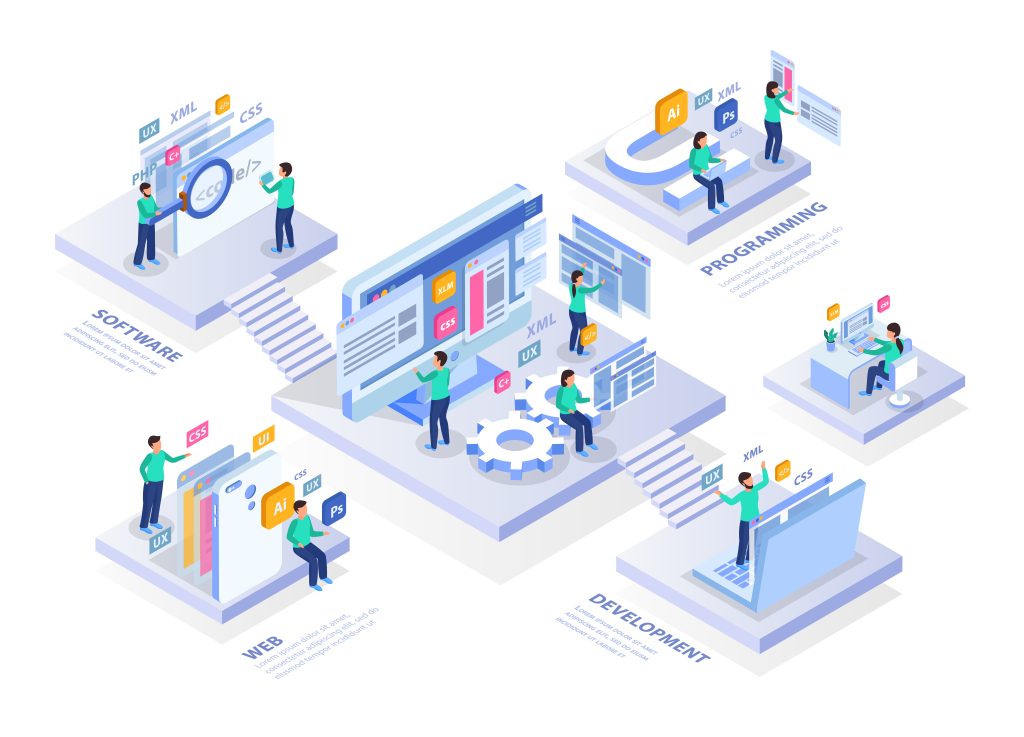Legacy code modernization is the process of transforming outdated software systems into modern and maintainable ones. It involves identifying, assessing, and updating or replacing legacy code to align it with current technologies, best practices, and business requirements.
Why Modernize Legacy Code?
Legacy code modernization is crucial for several reasons:
- Reduced Technical Debt: Legacy code often carries accumulated technical debt, increasing maintenance costs, hindering innovation, and posing security risks. Modernization helps address these issues, improving overall system stability and performance.
- Enhanced Scalability and Agility: Modernized systems can better handle growing data volumes and changing business needs, enabling organizations to adapt to market trends and customer demands more effectively.
- Improved Developer Productivity: Modern code is often easier to understand, test, and modify, reducing development time and increasing developer productivity.
- Reduced Security Vulnerabilities: Legacy code may contain outdated security measures, making it vulnerable to cyberattacks. Modernization can strengthen security posture, reducing the risk of data breaches and reputational damage.
- Enhanced User Experience: Modernized systems often have improved user interfaces and functionalities, leading to a better user experience and increased customer satisfaction.
Common Approaches to Legacy Code Modernization
There are several approaches to legacy code modernization, each with its own advantages and disadvantages:
- Encapsulation: This involves wrapping legacy code into a new layer of abstraction, enabling it to interact with modern systems without significant changes to the original code.
- Refactoring: This involves restructuring and optimizing existing code without changing its external behavior, improving its readability, maintainability, and performance.
- Rearchitecting: This involves making fundamental changes to the codebase, often adopting new architectures or frameworks, to address underlying structural issues and improve overall system design.
- Rewriting: This involves completely replacing the legacy code with a new implementation from scratch, providing a fresh start and the opportunity to adopt modern technologies and best practices.
- Replacement: This involves replacing the legacy system with a completely new, off-the-shelf or custom-built system, eliminating the need to maintain and modernize the legacy code.
Key Considerations for Legacy Code Modernization
When undertaking legacy code modernization, it is essential to consider several factors:
- Business Goals: Clearly define the business objectives behind the modernization effort, ensuring it aligns with overall strategic goals and delivers tangible benefits.
- Prioritization: Assess the legacy codebase and prioritize modernization efforts based on criticality, impact, and feasibility.
- Testing: Implement rigorous testing strategies throughout the modernization process to ensure code quality, functionality, and compatibility.
- Documentation: Create comprehensive documentation of the modernized code to facilitate future maintenance and development.
- Change Management: Address potential challenges related to user adoption and organizational change management to ensure a smooth transition to the modernized system.
Legacy code modernization is a complex undertaking that requires careful planning, skilled professionals, and a comprehensive approach. By understanding the benefits, approaches, and considerations involved, organizations can effectively modernize their legacy systems and reap the rewards of improved agility, reduced costs, and enhanced business outcomes.

